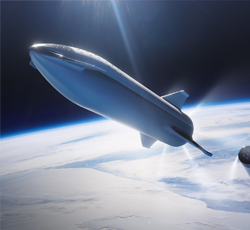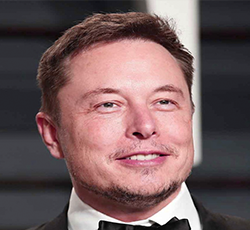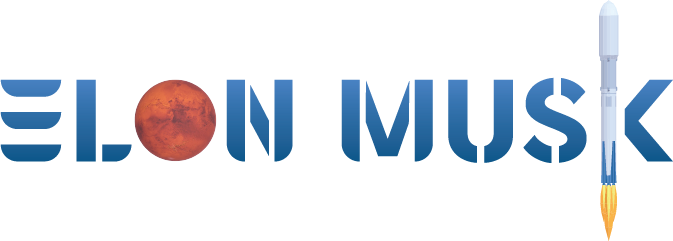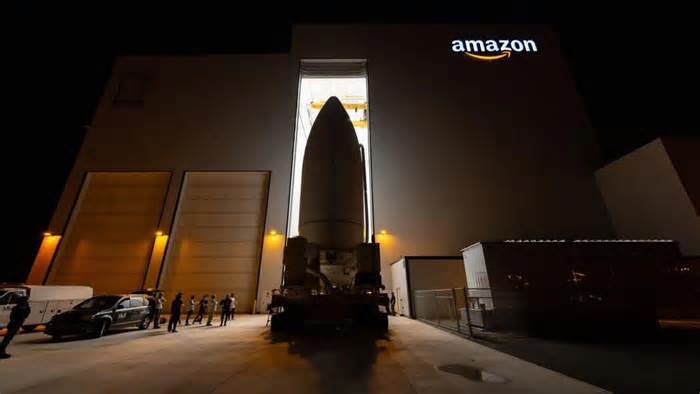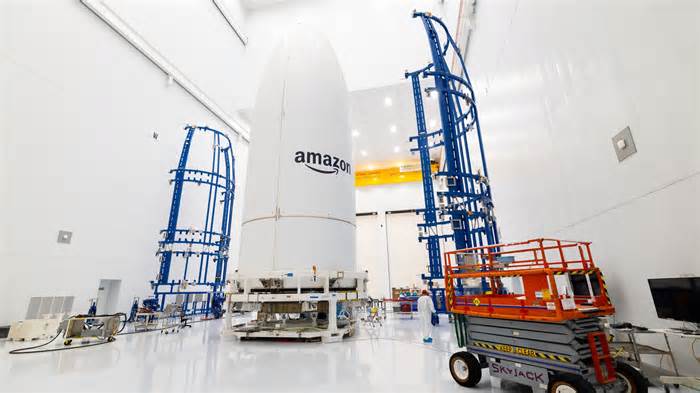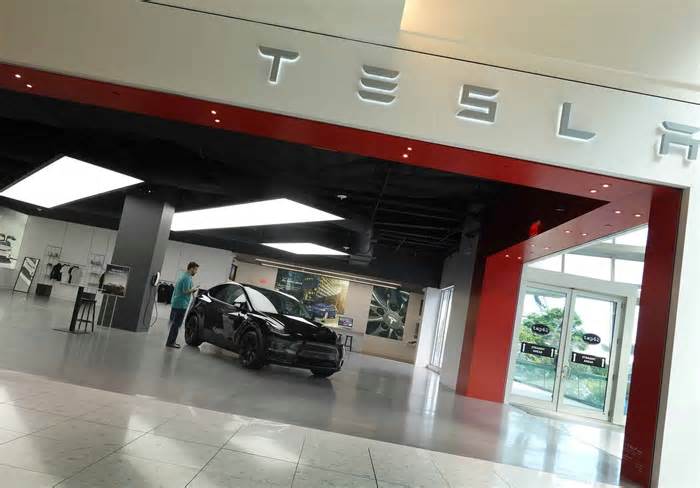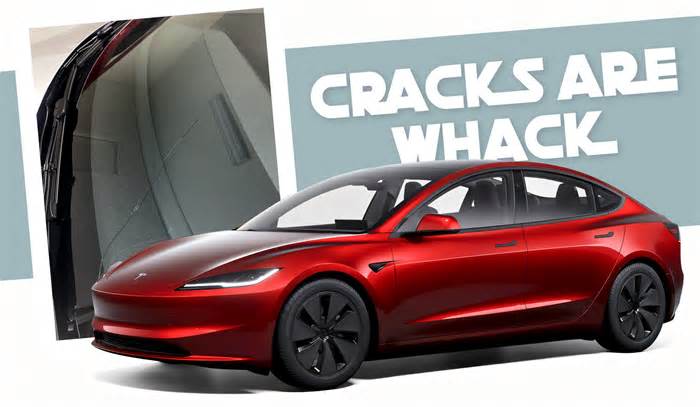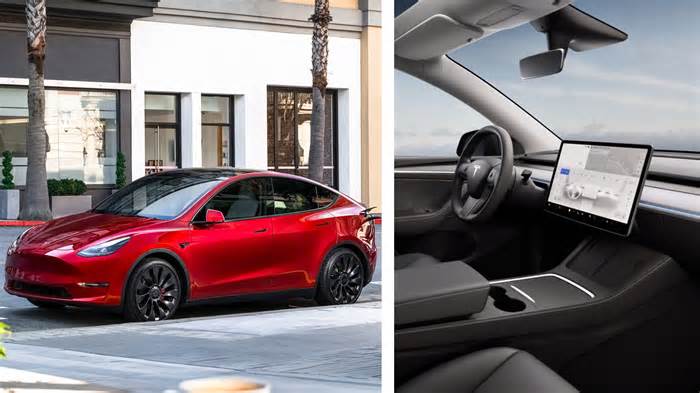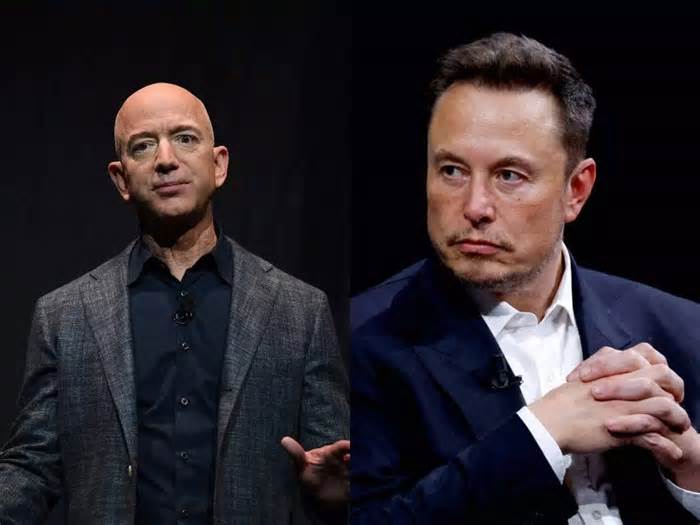
HUGE Changes in Tesla Factories for $25K Cars in 2025 and $15K in 2026
- by NextBigFuture
- Apr 02, 2025
- 0 Comments
- 0 Likes Flag 0 Of 5

Brian Wang
Tesla’s unboxed process will transform car manufacturing and the cybercab will be revolunize transportation. They are so disruptive, they will need to have two major steps over two years. The first two steps will be done this year and next year.
Tesla will no longer paint new cars starting with the new models introduced in a 1-3 months. Painting cars can take up 40% of the factory and most of the time to build a car. Tesla will skipping painting with SMC (sheet moulded compound) bodies, adopt some parallel assembly, and start deploying Tesla Bots, Tesla could cut production time by 20-30% and costs by 10-15% on its Model 3/Y lines. We dive into the savings, the tech, and what it means for $25,000 cars—and maybe even $15,000 ones by 2026.
Tesla is revolutionizing car manufacturing by integrating elements of its innovative unboxed process—set to fully debut with the Cybercab in 2026—into its existing Model 3 and Y production lines. This modular approach, where car parts are built separately and then joined together, promises to slash production time and costs without requiring a complete overhaul. The focus is on producing new $25,000 cars with a 30% production increase on current lines, alongside hints of $15,000 vehicles in the future.
Here’s how Tesla is making it happen:
1. SMC Moulded Bodies: No More Painting
What It Means: Tesla uses Sheet Molding Compound (SMC) bodies, eliminating the need for painting—a notorious bottleneck that involves priming, drying, and inspection.
Time Savings: Cuts 1-1.5 hours per vehicle (10-15% of a 10-hour baseline).
Cost Savings: Saves $2,000-$3,000 per car (10% of a $30,000 baseline).
Fit with 3/Y Lines: Easily integrates by swapping traditional bodies for SMC ones, requiring minimal changes to the body shop.
2. Partial Unboxed Process: Parallel Assembly
Instead of a linear build, Tesla assembles car modules (e.g., front, interior) at the same time, then joins them—adopting half of the fully modular and parallel method for the existing 3/Y lines.
This should reduces build time by 1.5-2 hours (15-20%), dropping from 10 to 8-8.5 hours.
This will lowers labor and handling costs by $1,000-$4,000 per car (5-20%).
Fit with 3/Y Lines: Adds sub-assembly stations with manageable retooling, preserving the core setup.
3. Tesla Bots: Automating the Grind
Tesla’s Optimus robots tackle repetitive tasks like welding or bolting, boosting efficiency at specific stations.
Shaves 0.5-1 hour per vehicle (10-20% in targeted areas). These will be goals for the few thousand bots that are made this year and will likely take a year to implement before the next phase of a clean sheet fully unboxed and teslabot friendly process.
Reduces labor costs by $500-$1,000 per car (5-10%), despite initial deployment costs. This would be a significant validation step to eventual complete humanoid bot factories.
Fit with 3/Y Lines: Bots slot into existing stations incrementally, offering flexibility without disruption.
The Big Picture
Combined, these changes cut build time from ~9-10 hours to 6-7 hours—a 30% increase in throughput.
Costs drop from ~$30,000 to $25,000 per vehicle (15-20%), paving the way for $25,000 cars and beyond. If the cars are fully ramped the capital efficiency of the factories will be better. Making cars at a 3-4 million car per year runrate instead of 2 million cars per year would reduce the fixed costs per car by a few thousand dollars.
With minimal disruption to the existing 3/Y lines, Tesla can boost output by 30% on current lines, setting the stage for the Cybercab’s 5X speed leap in 2026. The fully transformed parallel production of large module lines will be de-risked with testing of the key methods at scale. They will also ramp the supply chain so vendors can begin scaling up components and processes needed for ten million Cybercabs per year in 2027-2028.
Tesla’s hybrid approach blends innovation with practicality, delivering faster, cheaper cars while leveraging its existing infrastructure—a game-changer for affordable EVs.
Brian Wang
Brian Wang is a Futurist Thought Leader and a popular Science blogger with 1 million readers per month. His blog Nextbigfuture.com is ranked #1 Science News Blog. It covers many disruptive technology and trends including Space, Robotics, Artificial Intelligence, Medicine, Anti-aging Biotechnology, and Nanotechnology.
Known for identifying cutting edge technologies, he is currently a Co-Founder of a startup and fundraiser for high potential early-stage companies. He is the Head of Research for Allocations for deep technology investments and an Angel Investor at Space Angels.
A frequent speaker at corporations, he has been a TEDx speaker, a Singularity University speaker and guest at numerous interviews for radio and podcasts. He is open to public speaking and advising engagements.
Categories
Please first to comment
Related Post
Stay Connected
Tweets by elonmuskTo get the latest tweets please make sure you are logged in on X on this browser.
Sponsored
Popular Post
tesla Model 3 Owner Nearly Stung With $1,700 Bill For Windshield Crack After Delivery
35 ViewsDec 28 ,2024





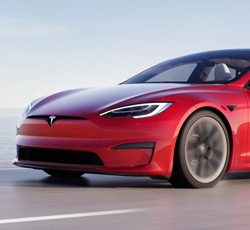
 Energy
Energy